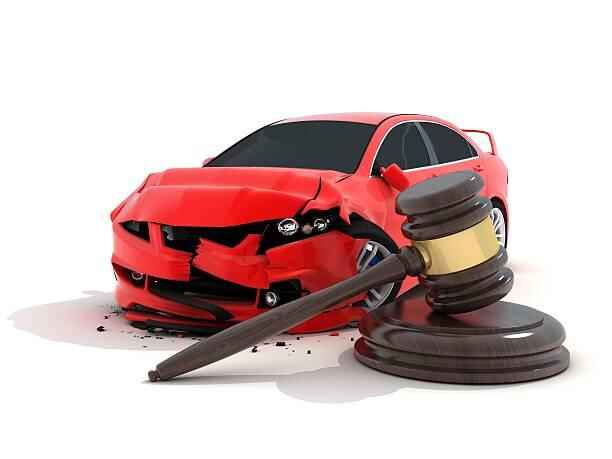Image source: caraccidentattorney – Free Stock Photos From ImageSource
When people talk about lost wages after an accident, they’re not just talking about the income you would’ve gotten from your regular 9-to-5. It includes the financial strain brought on by lost opportunities and postponed career development while you concentrated on getting better and rebuilding your strength.
This can include your hourly pay, salary, overtime, commissions, and even bonuses; basically, any money you would have earned had the accident not stopped you from working. If you’re self-employed, it counts for the income you lost from clients or jobs you couldn’t take on.
Car accident attorneys can help you figure out how to recover your lost wages so you can focus on getting better instead of stressing over unpaid bills. This guide is here to help.
Guide to Recovering Lost After a Car Accident
Here are the steps for recovering lost wages:
Step 1: Gather Proof That You’ve Lost Wages
Insurance companies will want to see hard evidence that you couldn’t work and lost income because of it. You’ll need things like:
- A doctor’s note: This is to show that your injuries were serious enough to keep you from working. If your doctor says you need time to recover or that your injuries prevent you from doing your job, that’s what you’ll use.
- Pay stubs or tax documents: These are proof of your usual income. If you’re an employee, pay stubs are the easiest way to show what you normally make. If you’re self-employed, you can use past invoices, earnings reports, or bank statements to show how much you made before the accident.
- A letter from your employer: If you’re employed, ask your boss or HR department for a letter outlining the days you missed and your salary or hourly rate. This can help solidify your case.
Step 2: Calculate How Much You’ve Lost
You’ll want to figure out exactly how much income you missed out on during your recovery. Take a look at your usual pay (how much you earn per day, week, or month), then add in any overtime, commissions, or bonuses you would have earned during that time.
If you’re self-employed, it might take a little more work. You’ll want to figure out your average income and estimate what you would have earned while you were out of work.
It doesn’t need to be exact; just try to be as accurate as possible. If this step feels overwhelming, a lawyer or accountant can help you with the calculations.
Step 3: File Your Claim with the Right Insurance
Once you’ve got everything ready, it’s time to file your claim. You have two main options here, depending on the situation:
- Your own insurance: If you live in a no-fault state or have Personal Injury Protection (PIP) insurance, you’ll likely start by filing a claim with your insurance company. They will cover some or all of the lost wages, depending on your policy.
- The other driver’s insurance: If the other driver caused the accident, you can file a claim with their insurance company to cover the lost wages that your own insurance might not pay. This can take longer, as the other driver’s insurance will want to investigate the accident.
Step 4: Receive Your Compensation
After everything is sorted, you’ll receive the compensation you’re owed for your lost wages. If you go through your insurance, they should pay you based on your coverage.
If you went through the other driver’s insurance, the amount may be adjusted based on what they agree to cover. Sometimes, you might need to go through negotiations, but if you’ve followed the steps, you’ll be in a strong position to get back what you’ve lost.
Also, it goes without saying that you should have an experienced lawyer by your side while you follow all these steps.





Be First to Comment